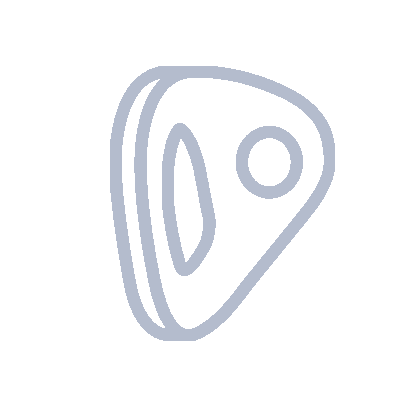

Start: To the left of the Lily Pond lies a smooth face below a roof. The original start to Africa Crag goes up on the right. Can Can starts up the thin straight crack in the middle of the face.
Start: To the left of the Lily Pond lies a smooth face below a roof. The original start to Africa Crag goes up on the right. Can Can starts up the thin straight crack in the middle of the face.













































































While it is true that less information may make your adventure more, adventurous, the right information will help you grow your experience-jar to the point that you can confidently choose not to seek the info.
User feedback and community contributions are the fastest way to increase our database, so, if you have the time, inclination and resources to contribute, please hit us up!
Lorem ipsum dolor sit amet, consectetur adipiscing elit. Suspendisse varius enim in eros elementum tristique. Duis cursus, mi quis viverra ornare, eros dolor interdum nulla, ut commodo diam libero vitae erat. Aenean faucibus nibh et justo cursus id rutrum lorem imperdiet. Nunc ut sem vitae risus tristique posuere.
Lorem ipsum dolor sit amet, consectetur adipiscing elit. Suspendisse varius enim in eros elementum tristique. Duis cursus, mi quis viverra ornare, eros dolor interdum nulla, ut commodo diam libero vitae erat. Aenean faucibus nibh et justo cursus id rutrum lorem imperdiet. Nunc ut sem vitae risus tristique posuere.
Do you have beta or other content to share with us to improve this route info?
We'd really appreciate your input!